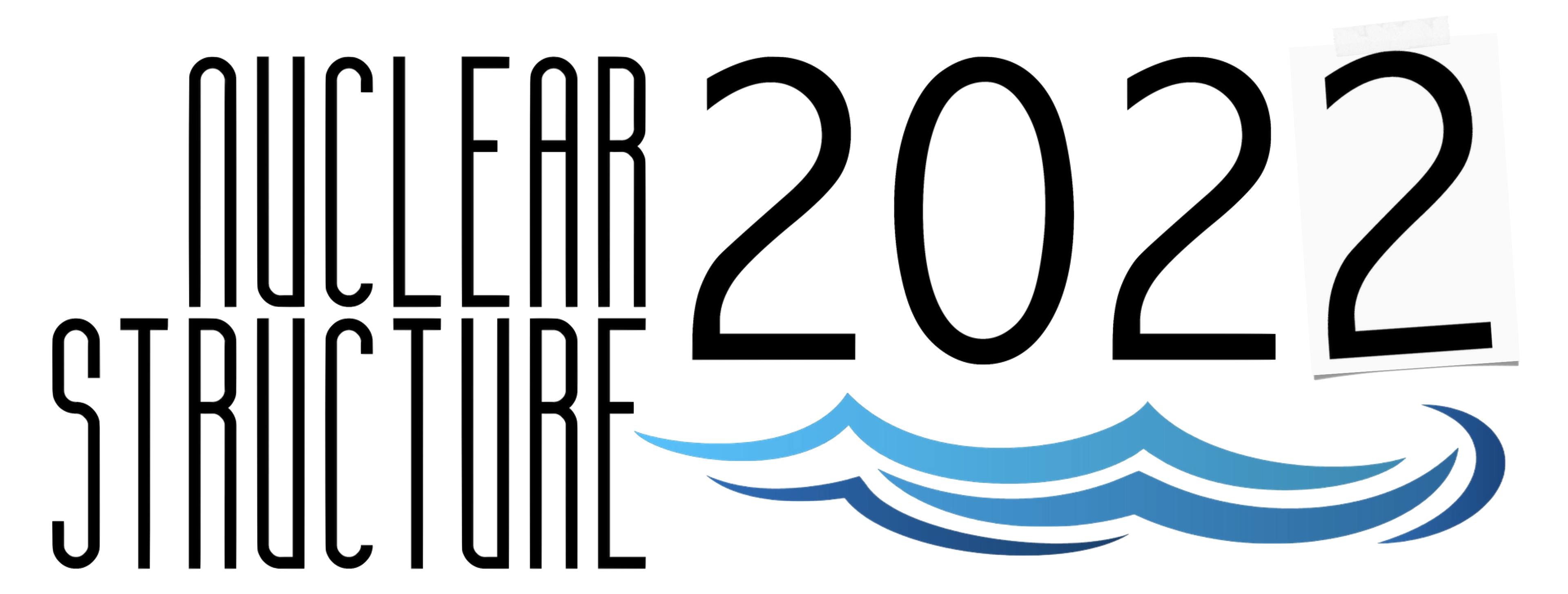Speaker
Description
The regions around the magic numbers are of interest to both experimental and theoretical nuclear physics, since they serve as benchmarks for understanding nuclear structure, given their configurations. The area around $^{78}$Ni is one such area, and is of particular importance since it has been proposed as a portal to the fifth island of inversion [Nowacki, F. et al. Phys. Rev. Lett. 117, 272501]. Experiments on nuclei in this area have proven challenging, due to the vicinity of the neutron-drip line, further proving their importance. Shape coexistence has been observed at the shore of the other islands of stability, hence the search for this phenomenon is crucial to establishing the boundary. Shape coexistence has been observed in the Ge isotopes near $N=40$, but not in those isotopes near $N=50$ until a recent apparent observation at the ALTO facility. Shape coexistence in $^{80}$Ge was reported in the form of a $0_{2}^{+}$ state at 639 keV [Gottardo, A. et al. Phys. Rev. Lett. 116, 182501], though a band built upon this deformed state was not observed. A complementary experiment was conducted with the GRIFFIN facility at TRIUMF to expand and uncover further evidence of shape coexistence. However, this low-lying $0^{+}_{2}$ was not observed, despite an increase in detection efficiency and statistics. Furthermore, large-scale shell model calculations performed for this nucleus did not yield the low-lying excited $0^{+}$ state, while accurately reproducing analogous state in $^{78,82}$Ge, and in particular intruder states in $^{82}$Ge. The results and conclusions of this work [Garcia, F.H. et al. Phys. Rev. Lett. 125, 172501] alongside the ongoing gamma-ray analysis, that has so far yielded a plethora of newly observed transitions and levels, will be presented.

